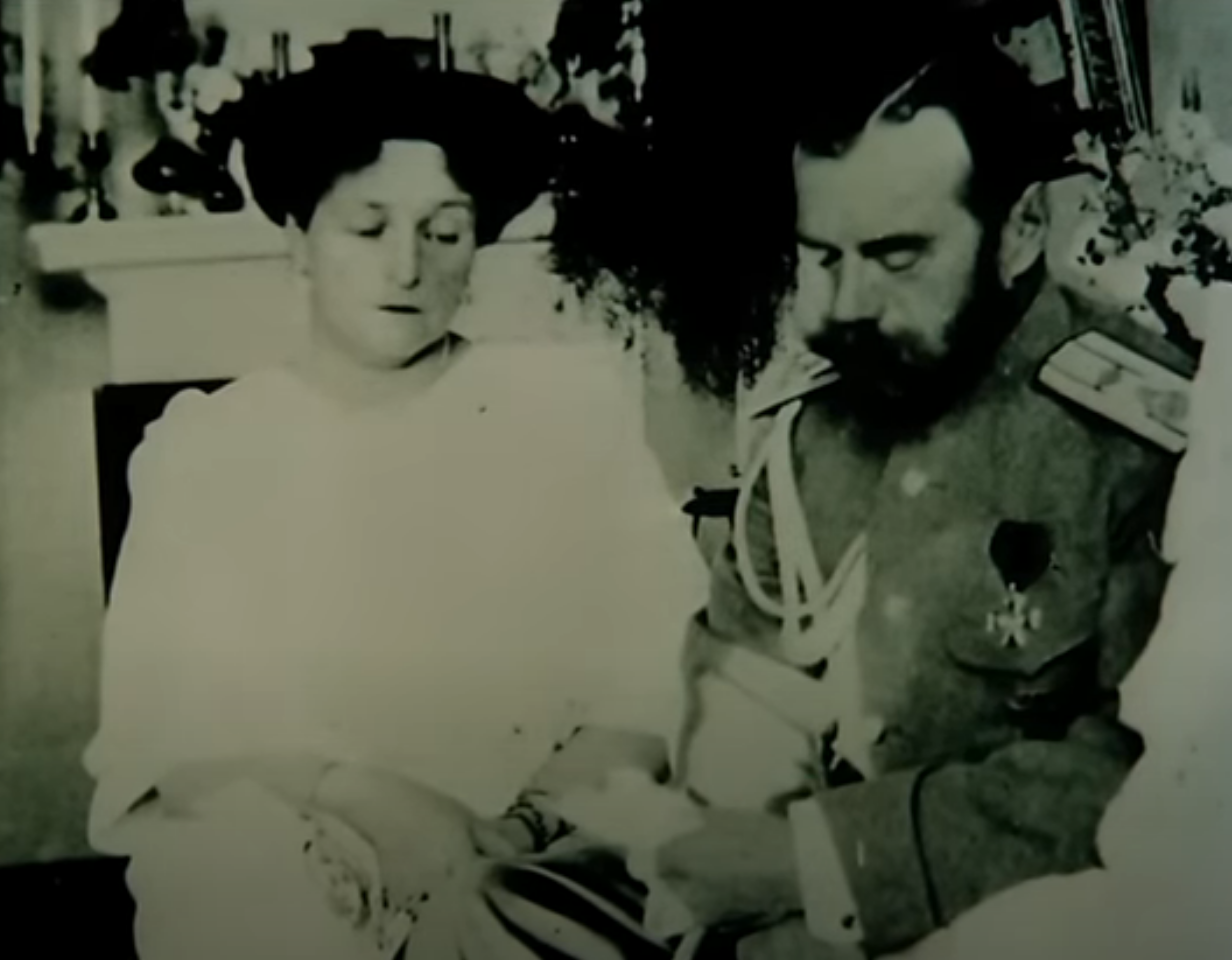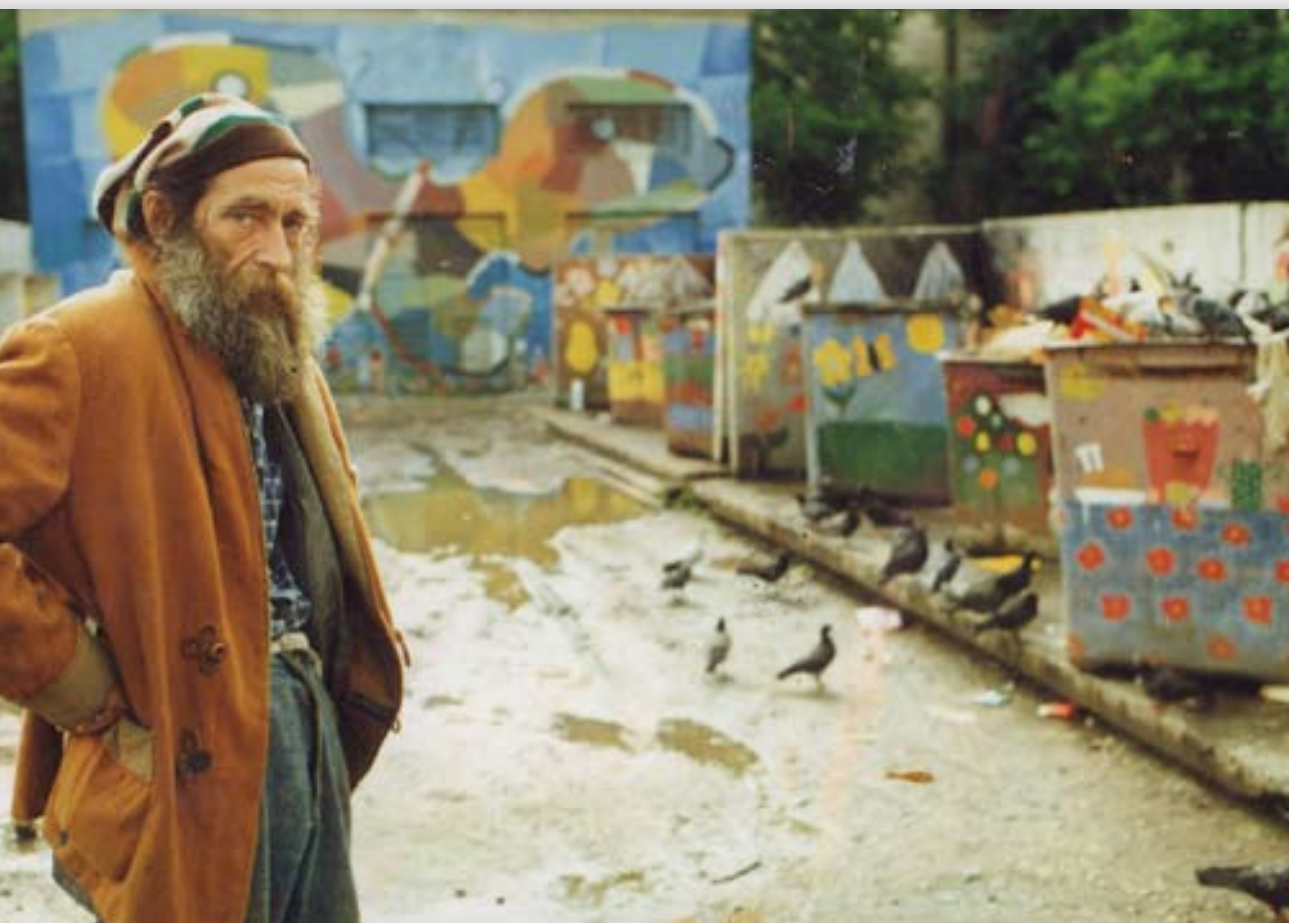Explore: Year » 1989
Russian Crime Statistics, 1980-1996
Nothing epitomized the everyday experience of the urban Russian 1990s like crime. As this first comprehensive statistical study of the 1990s demonstrates, crime was just as bad as everyone had anecdotally experienced. The numbers also reveal some unexpected trends.
“No Way to Live”: Imperial nostalgia as a post-Soviet Russian project
An excerpt from Stanislav Govorukhin's (1936-2018) influential documentary on late perestroika malaise and the ways out of it.
Primetime hypnotic tele-healing with Anatoly Kashpirovsky
Anatoly Kashpirovsky (1939-), a “psychic” authority on perestroika-era "new thinking," uses the power of suggestion to heal the Soviet people of ailments physical and spiritual.
B. U. Kashkin in front of painted rubbish bins at the Ural Electro-Technical Institute, 1993.
The bearded B.U.Kashkin (1938-2005) stands in front of an array of trash bins painted with bright, colorful scenes featuring trees, butterflies, and flowers. Against the background of this artistic display, pigeons are seen digging through the site’s abundant garbage and mud.
“Dictatorship of Conscience”
A glasnost-era play by Mikhail Shatrov (1932-2010) that opened, without the cuts censors had previously requested, at the Lenin Komsomol Theater in Moscow in February 1986.
Chumak sends morning healing vibes to perestroika-era audiences
A 1989 healing session with TV psychic Allan Chumak (1935-2017) taking place during the morning newscast “120 Minutes.” Chumak alleged that his techniques worked not only on people themselves, but also on their drinking water and moisturizing products.





